After picking up a new 2000 from RS sailing, I spent a day preparing the boat for the first event at Weir Wood.
I changed the toe straps for Rooster 2000 Helm and Rooster 2000 Crew versions - the RS ones were nice, but not quite as grippy for serious hiking. See related fitting article.
The spreaders, however, did give me a bit of a challenge. The current specification for the 2000 mast uses Selden's integer adjustment system which is, in effect, a series of holes to pin. Sadly, it foxed me for the first day and I managed, with a good deal of fiddling, to get to somewhere near 175mm - and that after compromising on the length of the spreader. I reduced the length a bit to prevent it being more like 180mm. I set up the rake as per the tuning guide at 6560mm and we went sailing. The mast foot tends to be placed as far back but one hole as possible. I think the most aft hole has a take off from the vang. Anyone with something different or faster - please let me know.
Sarah really struggled to get the spini up and down in the first race. We noticed that the pole pull out rope had stretched and the block was now infringing with the turning block on the deck causing some friction. The block on the deck was close to exploding. I also noticed that the end of the rope secured to the pole was also starting to fray already. The hole in the pole as supplied was great at cutting the rope with its nice sharp edge. So I shortened the fraying end and we were back in business.
3 races later, the rope broke and we needed to tie it up again - lucky for us this was after the race had finished.
We were also struggling to pull the kite all the way into the chute. In fact, we sailed around with a 6" triangular piece of spinni marked 'head' over the bottom 6" of jib which was rather distracting upwind. We could not work this out. Despite reducing the length of bowline we tied onto the top patch (a longish bowline normally allows the patches to go into the chute separately and reduces the load pulling the kite into the boat), this helped a little, but we were still foxed as to why we could not pull the kite down properly. We were at a loss until a kind fellow sailor advised that it was the knot inside the pole that had been tied too short. This is the knot that helps pull the pole in when you pull the kite down. As the tack and head of the spinni are linked (they both come in the chute last) then the lack of slack offered by this knot in the pole had stopped us pulling the tack and head of the kite into the boat. Phew - that saved one sailing marriage. A little bit of boat work after the first day was required to tie a mouse line to the pole tack line so I could feed it down the pole from the outer end to allow me to get at the knot from the inner end of the pole. Knot duly moved, we could now get the kite down. Smiles all round.
I re-checked the rig tension again the next morning. Wow - new masts and boats settle in a lot. We were now down a third in rig tension. I did not get a chance to check the spreaders as race time was approaching. As the wind had come up somewhat for the second day of racing - more like 12 knots average - I gave the mast one half a pin of extra rake. I understand that relates to about 25mm extra rake with the same rig tension. By the way - 2000's measure the rig tension on the shrouds.
We were super competitive upwind and sadly super slow downwind. Our main looked very flat. Perhaps the spreaders and our rake? I had to use mainsheet tension to hold our leach for power - so it was hard work on the arms.
Sarah still had issues getting the kite up and down but the racing was frenetic and fantastic.
Today, in the warmth of the spring sunshine, I was able to re check the spreaders. Wow - they had moved nearer to 180mm from 175mm. So a little bit of settling in there too!
I was also finally able to get 165mm on the spreader deflection and the 480mm on the spreader length. I took lots of pictures as it was a fiddle to find the right hole to get to the setup. I hope you find this useful. Instead of using the more stable spreader hole, I use the one that could give you more angle, but this gave me other options for pinning on the inside of the spreader.
 Finally found 165mm deflection.
Finally found 165mm deflection.

I also found why we still had spinnaker hoisting and lowering issues long after sorting the knot in the pole and the pole launch rope. I took the heel plug off the mast to find that the spinnaker halyard was twisted around both the main and jib halyard inside the mast. That explains the pain and grief over the weekend. We also found our halyard hard to spot in the boat. It was black in colour which blended into the rest of the ropes in the boat. Rooster have made our own 'spinfast' 4mm 8 plait rope that is lime in colour. It's easy to spot which is helpful when, for some unknown reason, it has decided to take a twist round the jib fairlead :) It is also smooth enough to run nicely without snagging, yet grippy enough to tug on. We like to put a dark pen mark on the halyard as it comes though the cleat when the kite is fully up. It tends to help over excited crews from pulling for ever as they see the marker and can stop. I know there are sailors who love the idea of a dynema® halyard. From experience, I have lost a 4000 Euro Cup in its hay day by having a twist in a dynema rope that snagged when pulling it down. 8 plait ropes absorb nasty twists that a polyester covered dynema can't. Rooster's new Spinfast is specially snag free.

I tackled the spinni halyard exit hole in the mast and the inner pole end hole for the pole launcher that needed de burring.

I used a great tool that makes this process easy. I borrowed it from Rooster's own mast rigger and finisher. It is called a de burring tool. You can get them from RS components or Amazon. Just purchased my own so I can deburr yours if you like.
Then I replaced the pole launch rope with some Rooster Spectwelve rope. A super low creep, low stretch solid dynema®. Let's see how hard wearing it is, at least once I have it set up - it should not stretch.

I am going to change the Crew's Selden cleats to some Harken 150's. These roller bearing aluminium cleats last for over 20 years use in my experience. They let ropes in with little effort and out with a flick. They are just the best. Mrs C will be pleased with these after experiencing how tough trimming the 2000 jib was at the weekend.
The fleet were very open to talk about their rig set up. Notably, Fergus is a credit to the class; he is both a great sailor on the water and helpful and amenable off the water. Fergus told me that they all compromise upwind performance for downwind performance. Some even set their rigs up even further forward than the standard tuning guide, perhaps as much as 6580mm from the top of the main halyard in the up position to the top of the plastic on the top rudder gudgeon where it kisses the hull. After sailing around 6535mm before the shake down each day, we were quick upwind but super slow downwind. I had to use mainsheet tension upwind as the main was very flat and open. I am looking forward to testing the spreaders now at 165mm rather than 180mm deflection which should stiffen up the mast fore and aft. I imagine I will now be able to use the vang a little more. I have also finally got the spreaders out to 480mm in length. I was at about 475mm as I was concerned at adding more pre bend. This should now help stop the mast bending sideways downwind and help hold its depth. I am prepared, if the sail looks a little hooked upwind in lighter winds, to reduce the rig tension and let the mast bend of its own volition. I am not sure if the fleet allow us yet to adjust the rig tension during the race. I need to read some rules.
Still to do: Centreboard break adjustment. This needs adjusting whilst on the water. Our centreboard just comes straight up at the moment, so it was a good job we had the elastic to hold it down. Apparently you pull the board up lots for downwind until you are planing hard. Its not for balance, but reduces drag. I just need to remember to take a long screwdriver on the water this weekend.
We are certainly looking forward to seeing the 2:1 jib sheets to be adopted. I always call the jib my coarse power control and my mainsail, the fine power control. So my crews have to work hard in strong winds to keep the boat on its feet by letting the jib sheet out in the gusts. The helm has to not steer to this new eased jib, but keep feathering as the gust is allowed to pass the slot before re trimming the jib. See also this blog article.
I hope to see you on the water again soon. Please add your comments below if you can add anything to this article. From my short experience, the 2000 fleet are probably the most friendly, affable and best cake baking bunch I have ever come across and with some excellent racing to boot.




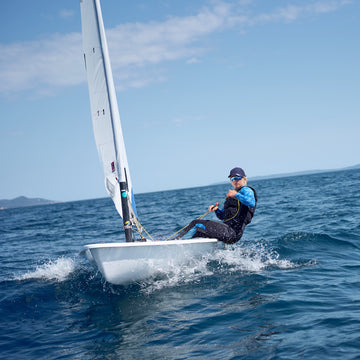
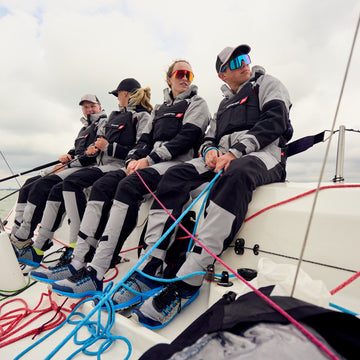
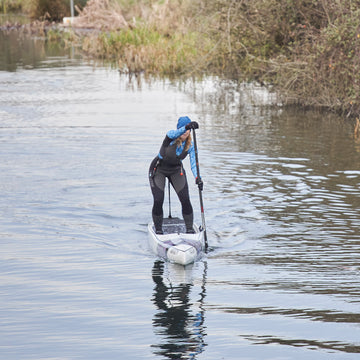
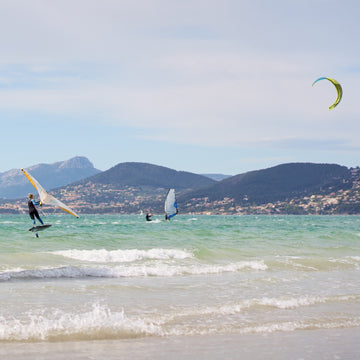
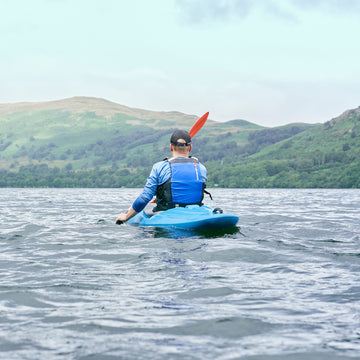
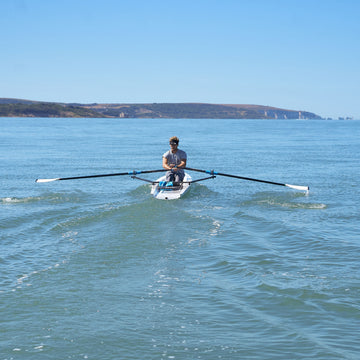
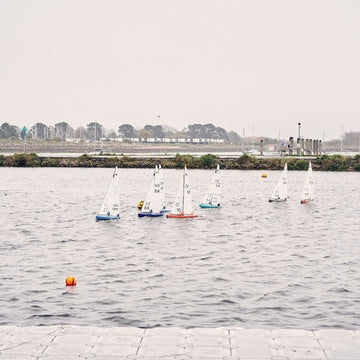
 Select Store
Select Store
 EU
EU
 US
US

